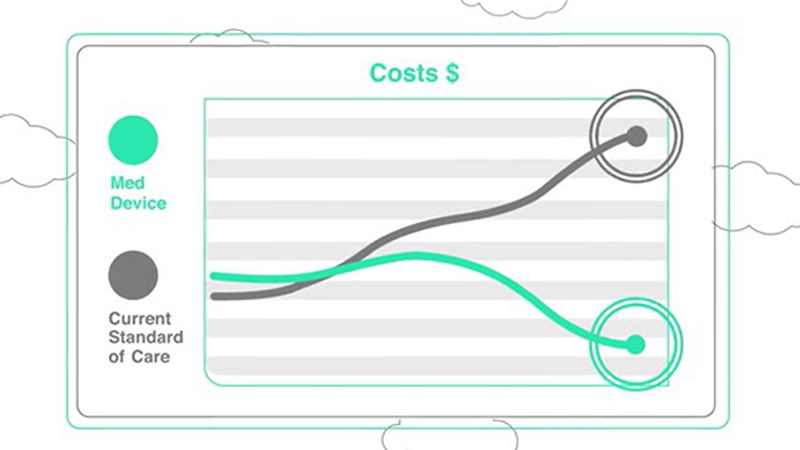Investigate and follow the data
Access Optum® data with the flexibility to explore which data sources might support your organization’s research questions and discover information that may lead to new insights and questions.
Project types include:
- Straightforward access to Optum data sets
- Optum experts on standby to support your organization’s broad, critical questions with data through rapid analytics
- Flexible research projects with access to methodological and therapeutic area experts, for example, feasibility exploration and hypothesis analytics
Gain valuable insights with efficiency and flexibility
Expert analytics on your terms
With vast data sets and endless potential in life sciences research, it’s natural for some hypotheses to remain untested and some data to go unexplored.
Initial exploratory analysis can help inform a decision or a larger study.
Experienced statisticians and programmers
Our team of master’s- and PhD-trained statisticians average 12 years of experience in observational and clinical research. Our programmers average 20 years’ experience in many data sources and are proficient in languages such as SAS®, Stata®, VBA and R.
Key benefits
Create an analysis plan to meet research goals flexibly when a formal protocol and publication is more than you need.
Trust a well-practiced team
Collaborate with highly skilled statisticians and programmers that know Optum data inside and out.
Confidently explore new ideas
Apply the same scientific standards and rigor that drive Optum health economics and outcomes research (HEOR) studies.
Collaborate across health care sectors
Take your analysis to the next level with Optum Life Sciences data linkages and research consulting to generate insights across your product’s lifecycle.
Implement Analytics on Demand in a variety of ways
- Put your licensed Optum data to work to support your analytics teams’ discovery
- Implement an existing protocol
- Generate an existing hypothesis or inform internal questions
- Link data elements beyond existing licensed assets with compliance approval
- Dig into a research question further than existing analytics tools can allow
Develop or finalize your broader studies
Analytics include:
- Population segmentation
- Standardization
- Incidence and prevalence
- Kaplan-Meier curves
Cost analysis includes:
- Cost distributions
- Cost segmentation
- Outlier effects
- Log-gamma models
- Lin’s regression
- Cumulative cost curves
Predictive analytics include:
- High-dimensional propensity analysis
- Classification and regression trees
- Risk stratification
- Machine learning
Capabilities for censored and missing data include:
- Survival analysis
- Time-varying covariates
- Competing risks
- Multiple imputation techniques
- Sensitivity methods
Capabilities for longitudinal and clustered data include:
- Time-series
- Difference-in-difference
- Hierarchical models
- Random effects models
- Structural equation modeling
Capabilities for casual inference include:
- Inverse probability weighting
- Marginal structural models
- Instrumental variable analysis
- Regression discontinuity
Industry insights

Article
Health economics and outcomes research (HEOR) can play a key role in helping the life sciences industry improve patient outcomes.

White paper
Real-world data can help evaluate the effectiveness of medications and therapies, which is why evaluation should be part of the investment.

White paper
Proving the impact on clinical outcomes as well as costs.
Complementary solutions
Strengthen Your Value Story with HEOR
Tap into our expertise in health economics and outcomes research.
Engage Payers with Value-Based Contracts
Generate valuable evidence, leverage real-world data and analytics and track clinical outcomes over time.
Generate Evidence with Real-World Data
Derive evidence from the unmatched depth and scale of our data assets.

